Home>Garden Essentials>What Type Of Mulch Is Ideal For A Kids’ Play Area
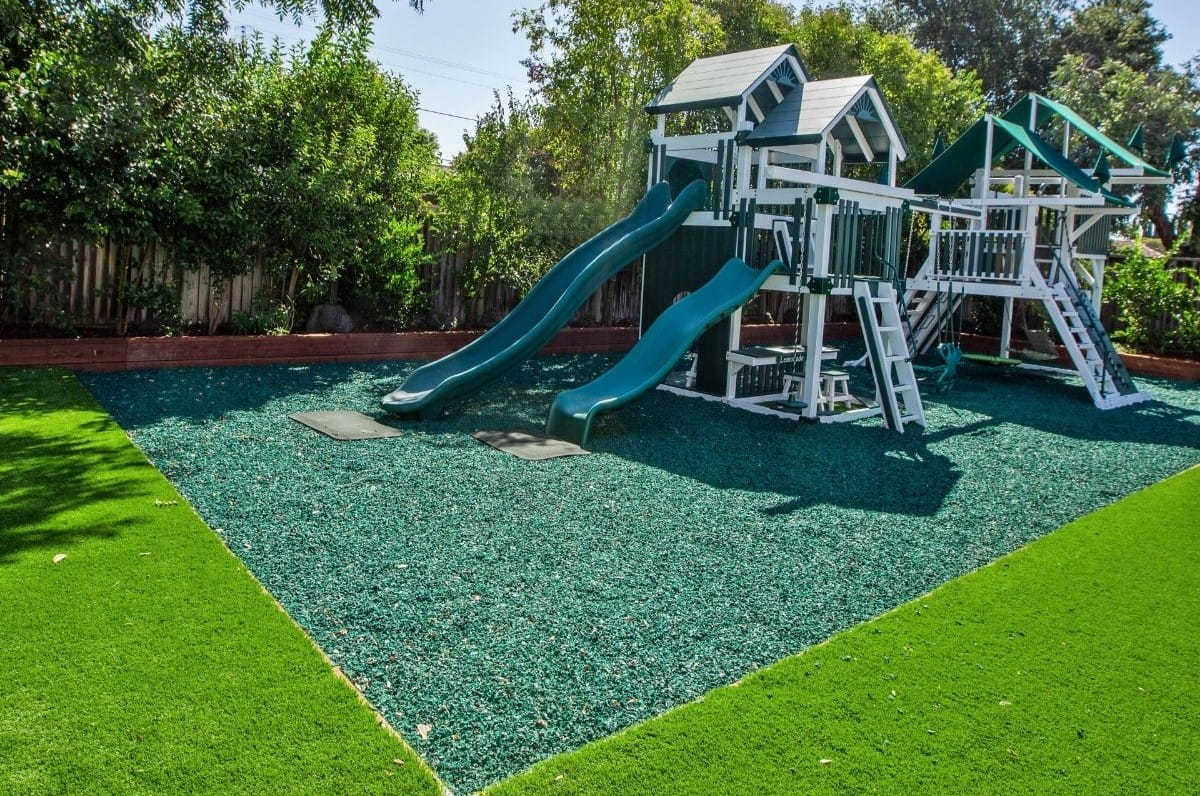

Garden Essentials
What Type Of Mulch Is Ideal For A Kids’ Play Area
Modified: March 7, 2024
Discover the perfect garden mulch for creating a safe and fun play area for your kids. Find out which type of mulch is ideal and enjoy peace of mind.
(Many of the links in this article redirect to a specific reviewed product. Your purchase of these products through affiliate links helps to generate commission for Storables.com, at no extra cost. Learn more)
Introduction
Welcome to the wonderful world of gardening! Whether you are an avid gardener or just starting out, one thing is for certain – the right type of mulch can make all the difference in the success of your garden. And if you have a kids’ play area in your garden, choosing the ideal mulch becomes even more crucial.
A play area is a space where kids can run, jump, and have fun, but safety should always be the top priority. Having the right type of mulch in your kids’ play area not only adds an aesthetic appeal but also helps minimize injuries by providing a soft and cushioned surface for your little ones to land on.
In this article, we will guide you through the process of selecting the ideal mulch for your kids’ play area, taking into consideration important safety considerations, mulch options to avoid, and the best mulch options available to create a safe and enjoyable play space for your children.
Key Takeaways:
- Choose mulch like Engineered Wood Fiber or Rubber Mulch for a safe kids’ play area. Avoid thorny, chemically treated, or highly fragrant mulches to protect your children from potential hazards.
- Calculate the right amount of mulch and maintain it regularly for a safe and enjoyable play area. Consider options like Shredded Hardwood Mulch or Pea Gravel for a visually appealing and durable surface.
Safety Considerations
Safety is of utmost importance when it comes to choosing the right mulch for your kids’ play area. Here are some key considerations to keep in mind:
- Impact Absorption: The mulch should be able to absorb impact and provide a soft landing surface in case of falls. This is especially important for play equipment like swings and climbing structures.
- Allergies and Irritants: Avoid mulch options that may trigger allergies or irritate the skin of young children. Some mulches, such as cedar or pine, may cause allergic reactions in some individuals.
- Non-Toxicity: Ensure that the mulch is free from any toxic chemicals or substances that could be harmful if ingested or come into contact with children’s skin.
- Fire Resistance: Consider mulches that have fire-resistant properties, especially if your play area includes a fire pit or grill.
- Splinter-Free: Look for mulch options that are free from sharp edges or splinters to prevent any injuries to your children’s sensitive skin.
By keeping these safety considerations in mind, you can create a play area that is both fun and secure for your little ones.
Types of Mulch to Avoid
While there are many types of mulch available in the market, not all are suitable for a kids’ play area. Here are some types of mulch that you should avoid:
- Inorganic Mulch: Inorganic mulches, such as rocks, gravel, or sand, are not ideal for play areas as they do not provide cushioning or shock-absorbing properties. These types of mulch can increase the risk of injuries from falls.
- Dyed Mulch: Mulches that have been dyed with artificial colors may contain harmful chemicals that can be hazardous to children if ingested or come into contact with their skin. It is best to opt for natural, organic mulches to ensure the safety of your children.
- Thorny Mulch: Mulches made from thorny or spiky materials, such as pine cones or rose bushes, should be avoided in kids’ play areas to prevent injuries or discomfort.
- Chemically Treated Mulch: Mulches that have been treated with pesticides or herbicides can pose a health risk to children, especially if they come into contact with the chemicals or accidentally ingest them.
- Highly Fragrant Mulch: Certain types of mulch, such as eucalyptus or cedar, have a strong fragrance that may cause allergies or respiratory issues in some individuals. It is best to opt for mulch with a milder scent or no scent at all.
By avoiding these types of mulch, you can ensure the safety and well-being of your children in their play area.
Ideal Mulch Options for Kids’ Play Areas
When it comes to selecting the ideal mulch for your kids’ play area, you want to prioritize safety, durability, and comfort. Here are four top mulch options that are well-suited for play areas:
- Engineered Wood Fiber: Engineered wood fiber is a popular choice for play areas due to its excellent shock-absorbing properties. It is made from shredded wood and specifically designed to create a soft surface that cushions falls. This type of mulch is also wheelchair-accessible and provides good drainage. However, be sure to choose an engineered wood fiber mulch that meets safety standards and is certified for playground use.
- Rubber Mulch: Rubber mulch is another great option for play areas as it offers excellent impact resistance. Made from recycled rubber, this mulch is designed to provide a soft landing surface while also being highly durable and weather-resistant. It can effectively cushion falls and is available in a range of colors to suit your preferences. However, it is important to choose a rubber mulch that is free from harmful chemicals and has met safety standards for use in play areas.
- Shredded Hardwood Mulch: Shredded hardwood mulch is a natural and affordable option for play areas. It provides a soft surface that helps reduce the risk of injuries from falls. Hardwood mulch is also good at retaining moisture, suppressing weed growth, and preventing soil erosion. Make sure to choose a mulch that is aged or composted to avoid any potential issues with pests or diseases.
- Pea Gravel: Pea gravel is a popular choice for play areas due to its versatility and natural aesthetics. It is composed of small, smooth pebbles that are easy to walk on and provide good drainage. However, it is important to note that pea gravel may not provide as much cushioning as other mulch options, so it is crucial to have a thick enough layer to help absorb impact. Regular maintenance is also required to ensure the gravel stays in place and remains free of debris.
Each of these mulch options offers unique benefits, so consider your specific needs and preferences when choosing the ideal mulch for your kids’ play area.
Engineered Wood Fiber
Engineered Wood Fiber (EWF) is a popular and recommended choice for mulch in kids’ play areas. It is specially designed to provide a safe and cushioned surface that reduces the risk of injuries from falls.
EWF is made from shredded wood fibers, typically from hardwood trees, and is engineered to meet specific safety standards for playground use. The fibers are processed to create a loose, flexible, and impact-absorbing mulch that acts as a protective layer for children playing on play equipment.
Here are some reasons why Engineered Wood Fiber is an ideal mulch option for kids’ play areas:
- Shock Absorption: EWF has excellent shock-absorbing properties, which helps reduce the impact of falls. It provides a soft and cushioned surface that minimizes the risk of injuries.
- Accessibility: Engineered Wood Fiber is wheelchair-accessible, allowing children with mobility limitations to navigate the play area comfortably.
- Drainage: EWF allows for proper drainage, preventing puddles from forming on the surface. This helps maintain a dry play area even after rainfall.
- Durability: Engineered Wood Fiber is long-lasting and can withstand heavy use. It does not compact easily, meaning it retains its cushioning properties even with frequent activity
- Cost-effective: EWF is an affordable option for creating a safe play area. It provides a high level of safety while being relatively low in cost compared to some other mulch options.
To ensure the highest level of safety, it is important to choose Engineered Wood Fiber that meets safety standards and has been tested for factors such as its absorbency and impact attenuation capabilities. Look for products that are compliant with the guidelines set by organizations like the American Society for Testing and Materials (ASTM) or the International Play Equipment Manufacturers Association (IPEMA).
When installing Engineered Wood Fiber, it is recommended to maintain a minimum depth of 9-12 inches, ensuring adequate shock absorption. Regular maintenance such as raking and redistributing the mulch will help keep the play area safe and maintain its effectiveness.
Overall, Engineered Wood Fiber is a reliable and safe choice for mulch in kids’ play areas. It offers the necessary cushioning and impact-absorbing properties to help protect children during play while being cost-effective and durable.
Rubber Mulch
Rubber mulch is a popular choice for kids’ play areas due to its excellent shock-absorbing properties and durability. Made from recycled rubber, this type of mulch offers a soft and cushioned surface that helps minimize the risk of injuries during play.
Here are some key features and benefits of using rubber mulch in a kids’ play area:
- Impact Resistance: Rubber mulch is designed to provide a high level of impact resistance. It absorbs the impact of falls, reducing the risk of injuries. The flexibility of the rubber material contributes to its shock-absorbing capabilities.
- Durability: Rubber mulch is highly durable and long-lasting. It can withstand heavy use, extreme weather conditions, and does not decompose or break down like organic mulches. This makes it a cost-effective choice in the long run.
- Weather-Resistant: Rubber mulch is resistant to weather elements such as rain, snow, and UV rays. It does not absorb water like organic mulches, which helps in preventing the growth of mold and mildew.
- Low Maintenance: Rubber mulch requires minimal maintenance. It does not require frequent replacement or replenishing, unlike some organic mulches. Additionally, rubber mulch does not attract pests or insects.
- Color Options: Rubber mulch is available in a variety of colors, allowing you to create a visually appealing play area. From natural shades to vibrant options, you can choose a color that complements the surrounding environment and adds a fun element to the space.
When selecting rubber mulch for a kids’ play area, it is important to ensure that the product is specifically designed for playground use, meets safety standards, and is free of harmful chemicals. Look for rubber mulch that has been tested for impact attenuation and is certified by organizations such as the International Play Equipment Manufacturers Association (IPEMA).
Installation of rubber mulch requires proper groundwork preparation and ensuring an adequate depth of at least 6-12 inches to provide adequate impact absorption. It is also recommended to install a border around the play area to keep the rubber mulch contained and prevent it from spreading.
Overall, rubber mulch is an excellent choice for creating a safe and durable play surface. Its impact resistance, durability, low maintenance requirements, and color options make it a popular mulch option for kids’ play areas.
Rubber mulch is ideal for a kids’ play area because it provides a soft cushioning surface to help prevent injuries from falls. It is also long-lasting and low-maintenance.
Shredded Hardwood Mulch
Shredded hardwood mulch is a natural and popular option for mulching kids’ play areas. It is made from shredded pieces of hardwood like oak, maple, or beech, providing a soft and organic surface for children to play on.
Here are some key reasons why shredded hardwood mulch is an ideal choice for kids’ play areas:
- Soft Surface: Shredded hardwood mulch creates a soft and cushioned surface that helps reduce the risk of injuries from falls. It provides a natural underfoot feel and is comfortable for children to run and play on.
- Moisture Retention: Hardwood mulch has excellent moisture retention properties. It helps regulate soil temperature, retains moisture, and prevents excessive evaporation, keeping the play area cooler during hot weather.
- Weed Suppression: Shredded hardwood mulch acts as a natural weed suppressant, reducing the need for frequent weeding and maintenance. It creates a barrier that inhibits weed growth, keeping the play area clean and free from unwanted plants.
- Soil Erosion Prevention: The interlocking nature of shredded hardwood mulch helps prevent soil erosion, especially on sloping play areas. It helps maintain soil structure and prevents excessive runoff during heavy rainfall.
- Environmentally Friendly: Shredded hardwood mulch is an eco-friendly choice as it is made from sustainable and renewable hardwood sources. It decomposes over time, adding organic matter to the soil and enriching its fertility.
When using shredded hardwood mulch in a kids’ play area, it is important to choose mulch that is aged or composted to minimize the risk of pests or diseases. Avoid using fresh wood chips that may contain higher levels of acidity, which can be harmful to plants and soil.
To ensure adequate depth and cushioning, maintain a layer of shredded hardwood mulch at least 6 inches deep. Regularly monitor the depth and replenish as needed, especially in high-traffic areas where the mulch may become compacted over time.
Overall, shredded hardwood mulch provides a natural and safe option for creating a soft play surface. Its ability to retain moisture, suppress weeds, prevent soil erosion, and its environmental benefits make it an excellent choice for kids’ play areas.
Pea Gravel
Pea gravel is a versatile and visually appealing option for mulching kids’ play areas. Composed of small, smooth pebbles, pea gravel provides a unique texture and can enhance the aesthetic appeal of the play area.
Here are some key reasons why pea gravel is an ideal choice for kids’ play areas:
- Durable Surface: Pea gravel is known for its durability and long lifespan. It can withstand heavy foot traffic and play activities without easily wearing down or compacting, making it a low-maintenance option.
- Good Drainage: One of the advantages of pea gravel is its excellent drainage capabilities. Rainwater easily passes through the gaps between the pebbles, preventing puddles from forming and keeping the play area dry.
- Easy on Bare Feet: The small, smooth pebbles of pea gravel are generally comfortable to walk and play on. They are less likely to cause discomfort or abrasion on bare feet, making it enjoyable for children to run and crawl around.
- Weed Control: Pea gravel acts as a natural weed suppressant, preventing weed growth in the play area. The tightly packed pebbles create a barrier that helps minimize weed intrusion, reducing the need for constant weeding and maintenance.
- Aesthetic Appeal: Pea gravel adds a visually appealing element to the play area with its natural and decorative appearance. It comes in various colors, including shades of brown, gray, and white, allowing you to choose a color that complements the overall design of your garden.
While pea gravel offers several benefits, there are a few considerations to keep in mind. Since pea gravel does not provide as much cushioning as other mulch options, it is important to create a thick enough layer to help absorb impact. Aim for a depth of at least 6 inches to ensure sufficient protection.
Regular maintenance is necessary to keep the pea gravel play area tidy. Raking the gravel and removing any debris or twigs helps maintain its appearance and prevents the accumulation of unwanted materials. Additionally, periodic replenishment may be needed over time due to natural displacement or settling of the gravel.
Overall, pea gravel can create a visually appealing and functional play surface for kids. Its durability, good drainage, weed control capabilities, and aesthetic appeal make it a popular choice for play areas in gardens and outdoor spaces.
Determining the Right Amount of Mulch
Calculating the correct amount of mulch needed for your kids’ play area is essential to ensure proper coverage and maximize its benefits. Here’s how you can determine the right amount of mulch:
- Measure the Area: Start by measuring the length and width of the play area. Multiply the two measurements to get the total square footage.
- Determine the Desired Depth: Decide on the desired depth of the mulch layer. For most play areas, a depth of at least 6 inches is recommended to provide sufficient cushioning and impact absorption.
- Calculate the Volume: To calculate the volume of mulch needed, multiply the total square footage of the play area by the desired depth. For example, if your play area measures 10 feet by 12 feet and you want a 6-inch depth, the calculation would be (10 ft x 12 ft x 0.5 ft = 60 cubic feet).
- Convert to Bag or Cubic Yard: Depending on the quantity available, you can either purchase bags of mulch or have it delivered in cubic yards. To convert your volume calculation, divide it by the coverage per bag or cubic yard. For example, if each bag covers 2 cubic feet, divide the total volume (60 cubic feet) by 2 to get the number of bags needed (30 bags).
- Consider Extra: It’s always a good idea to account for a little extra mulch to allow for any settling, redistribution, or replenishment that might be necessary over time.
Remember, it’s better to have a slightly thicker layer of mulch than too thin, as a thicker layer provides better cushioning and protection for your children. However, avoid excessive depths, as it may hamper proper drainage and create an uneven play surface.
By accurately determining the right amount of mulch needed, you can ensure proper coverage, maintain a safe play environment, and make the most of your mulching efforts.
Read more: What Is The Play Area In Game Design
Maintenance and Replacement
Regular maintenance and occasional mulch replacement are crucial for keeping your kids’ play area safe, clean, and visually appealing. Here are some maintenance tasks to consider:
- Raking and Fluffing: Periodically rake and fluff the mulch to prevent compaction and ensure an even distribution. This helps maintain a soft and cushioned surface for falls.
- Debris Removal: Regularly remove any debris, such as leaves, twigs, or toys, from the play area. This prevents potential tripping hazards and keeps the space clean and safe.
- Inspect for Damaged Areas: Routinely inspect the play area for any damaged or worn-out sections of mulch. Replace these areas promptly to maintain consistent cushioning and prevent trip hazards.
- Address Weed Growth: Keep an eye out for any weed growth within the mulched area. Remove weeds by hand or use natural weed control methods to maintain a weed-free play area.
- Address Drainage Issues: Check for any drainage issues, such as pooling of water on the mulch surface. Ensure proper drainage by adding more mulch or adjusting the grade of the play area if necessary.
- Mulch Replacement: Over time, mulch can break down or become compacted, causing it to lose its cushioning properties. Plan for periodic mulch replacement to maintain an optimal depth and performance. The frequency of replacement will depend on factors like usage, weather conditions, and the type of mulch used.
When replacing mulch, remove the old layer and inspect the underlying surface for any damage or unevenness. Add a fresh layer of mulch to achieve the desired depth and level the surface if needed. Ensure that the new mulch is properly installed and compacted to provide an even and safe play surface for your children.
Remember to regularly assess the condition of the mulch and perform maintenance tasks to ensure the longevity and safety of your kids’ play area.
Conclusion
Creating a safe and enjoyable play area for your children involves careful consideration of the type of mulch you use. The right choice of mulch can provide a soft and cushioned surface, minimizing the risk of injuries from falls and enhancing the overall safety of the play area.
In this article, we explored several ideal mulch options for kids’ play areas. Engineered Wood Fiber offers excellent shock absorption, accessibility, and durability. Rubber mulch provides superior impact resistance, durability, and low maintenance. Shredded hardwood mulch offers a natural and soft surface, moisture retention, and weed suppression. Pea gravel offers durability, good drainage, and a visually appealing texture.
When selecting the appropriate mulch, consider safety considerations, such as impact absorption, non-toxicity, and fire resistance. Avoid mulches like inorganic options, dyed mulch, thorny mulch, chemically treated mulch, and highly fragrant mulch, as they may pose risks to your children’s well-being.
Ensure you determine the right amount of mulch based on the play area’s dimensions and desired depth. Regular maintenance, such as raking, debris removal, and addressing damages or drainage issues, is essential to keep the play area safe and well-maintained.
By choosing the right mulch and implementing proper maintenance practices, you can create a safe and inviting play area for your children to explore, play, and let their imaginations soar. Enjoy the benefits of a well-mulched play area and have peace of mind knowing your little ones are protected as they embrace the joy of outdoor play.
Frequently Asked Questions about What Type Of Mulch Is Ideal For A Kids' Play Area
Was this page helpful?
At Storables.com, we guarantee accurate and reliable information. Our content, validated by Expert Board Contributors, is crafted following stringent Editorial Policies. We're committed to providing you with well-researched, expert-backed insights for all your informational needs.
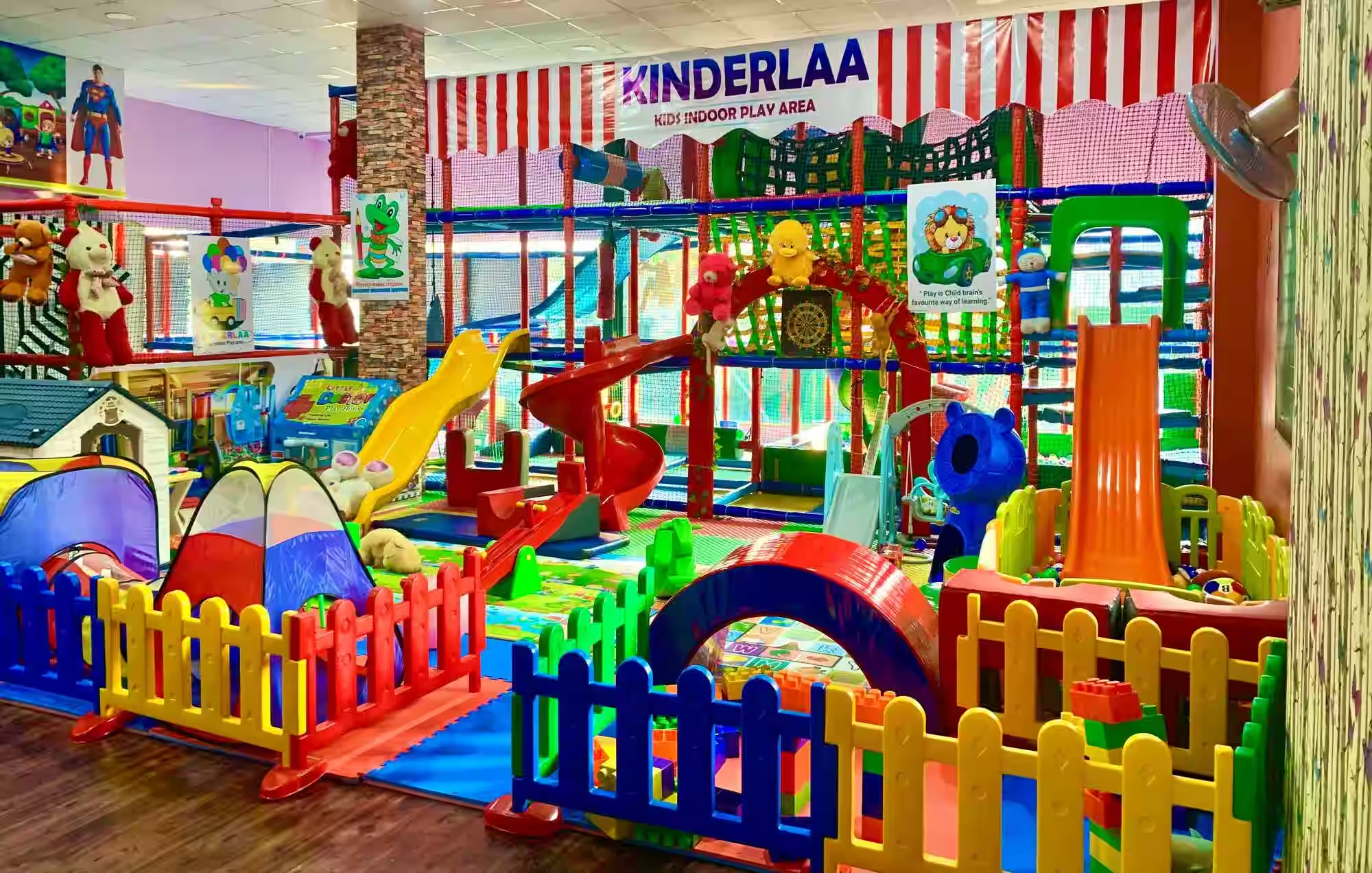
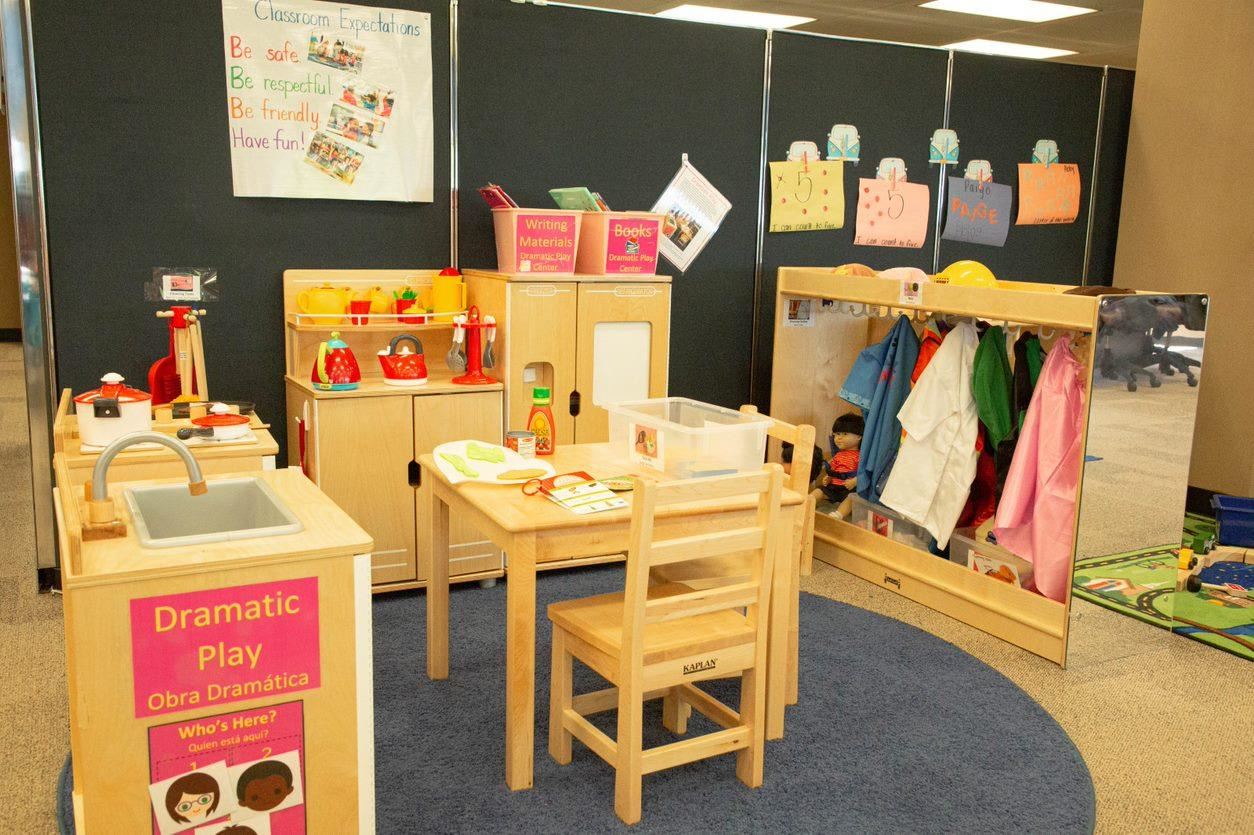
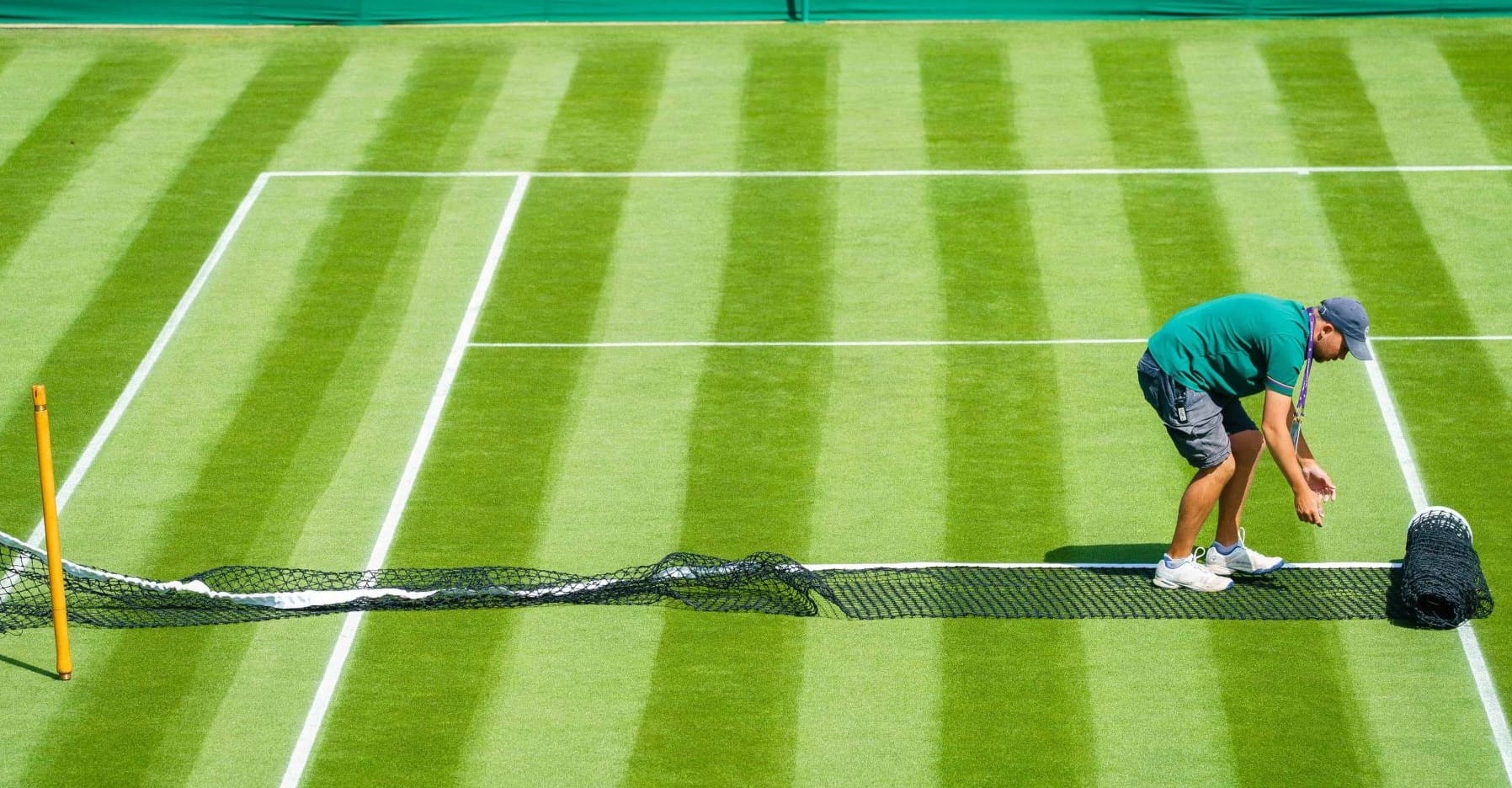
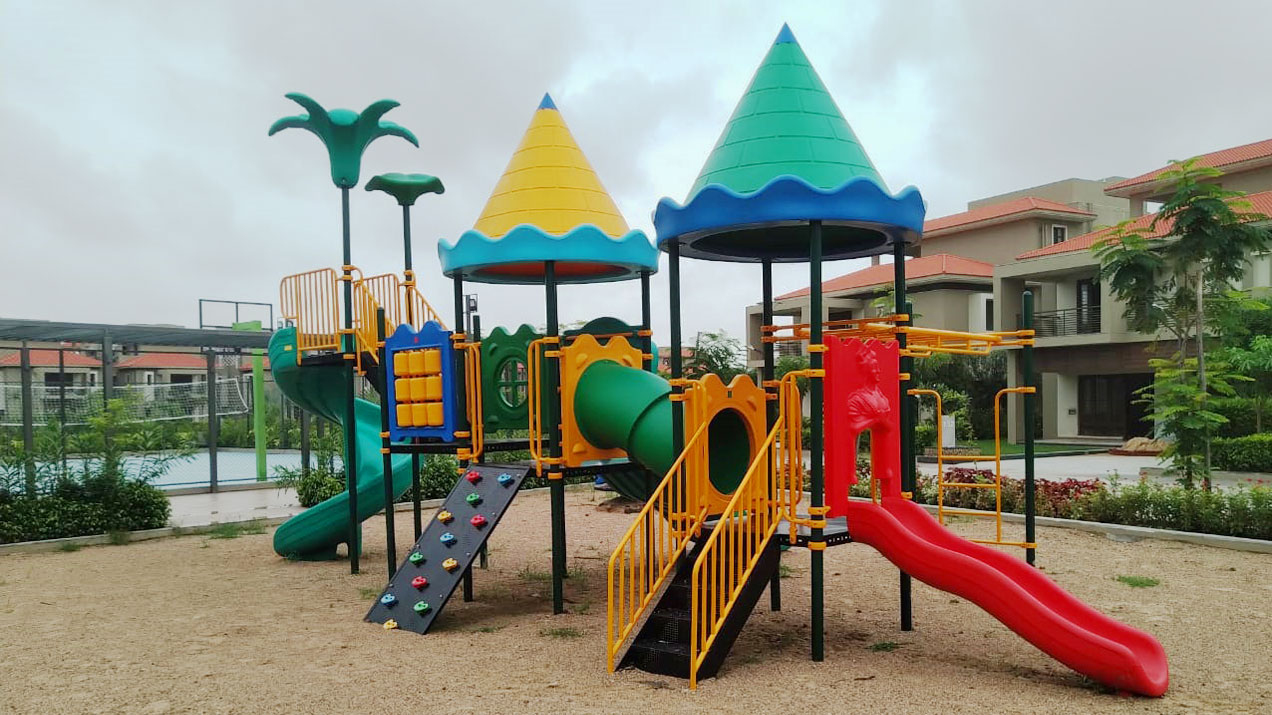
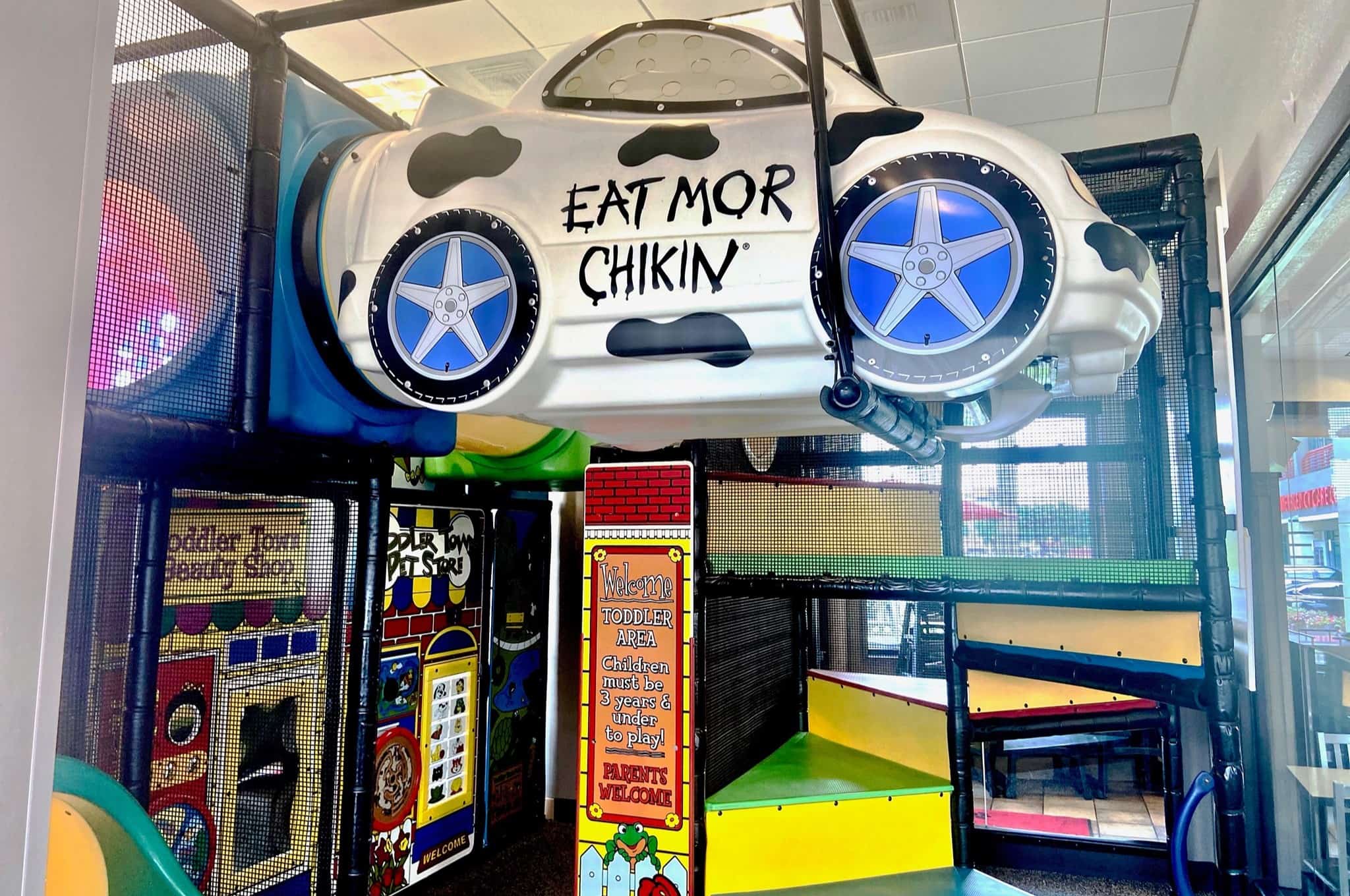

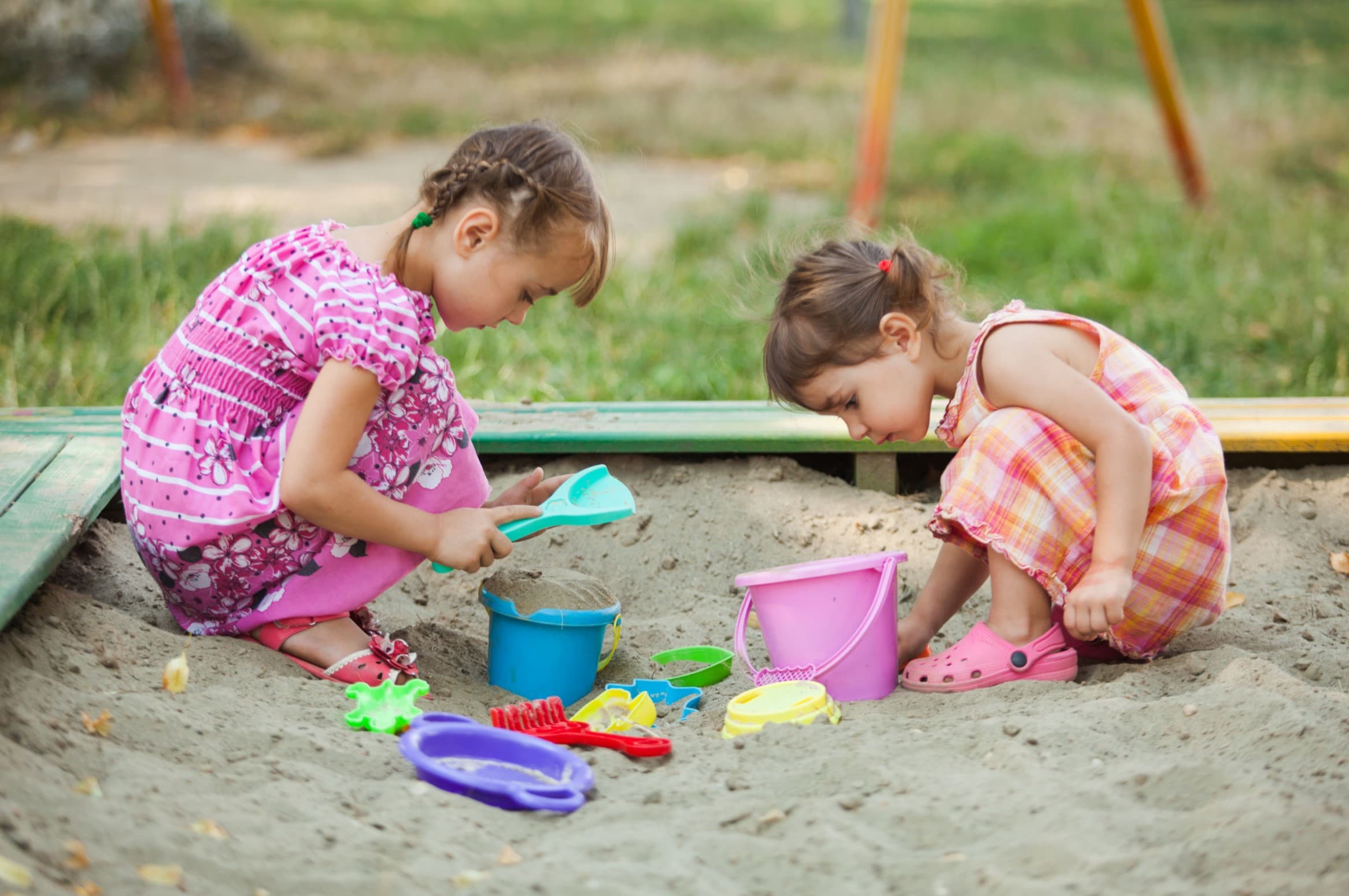
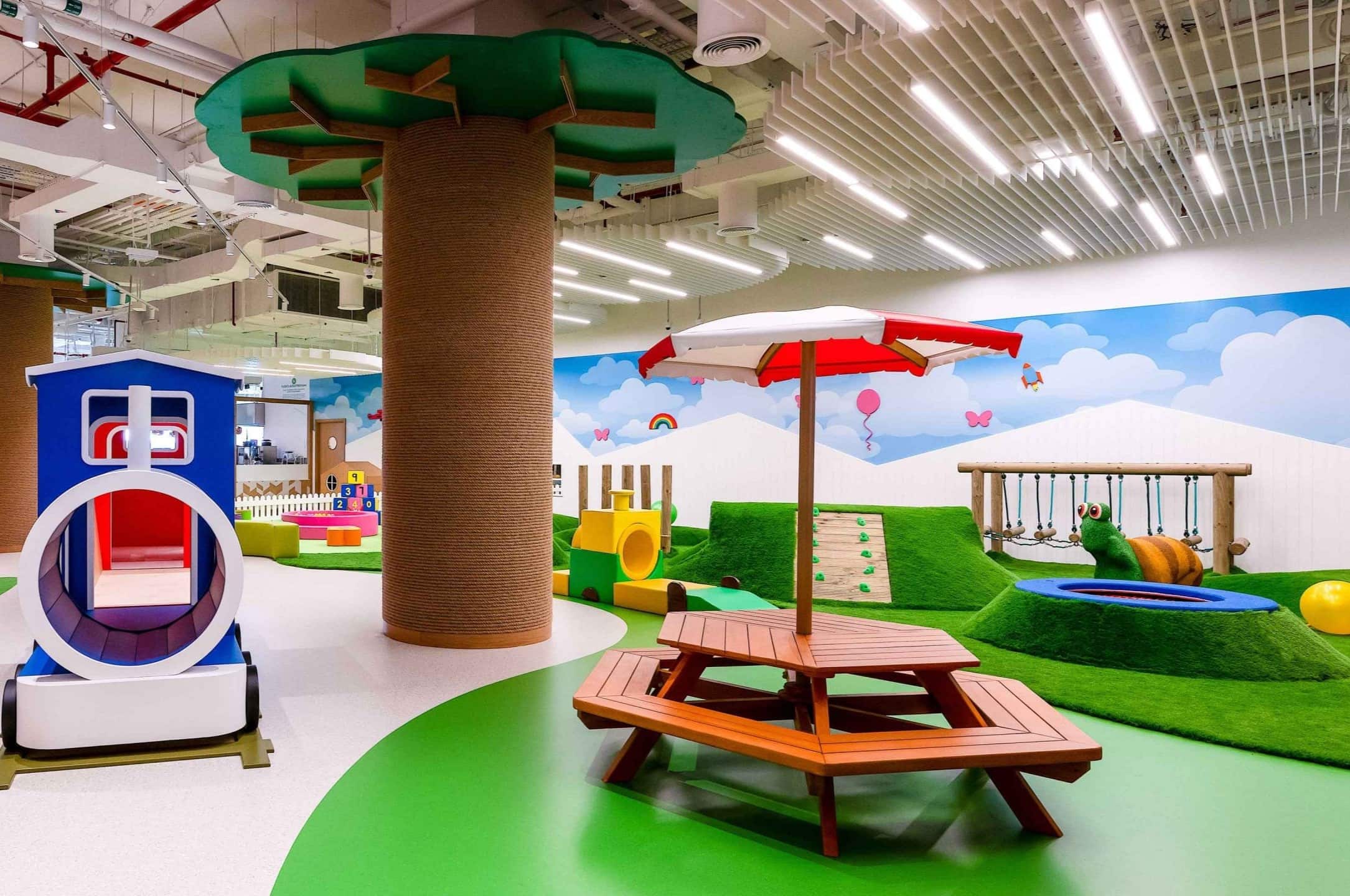
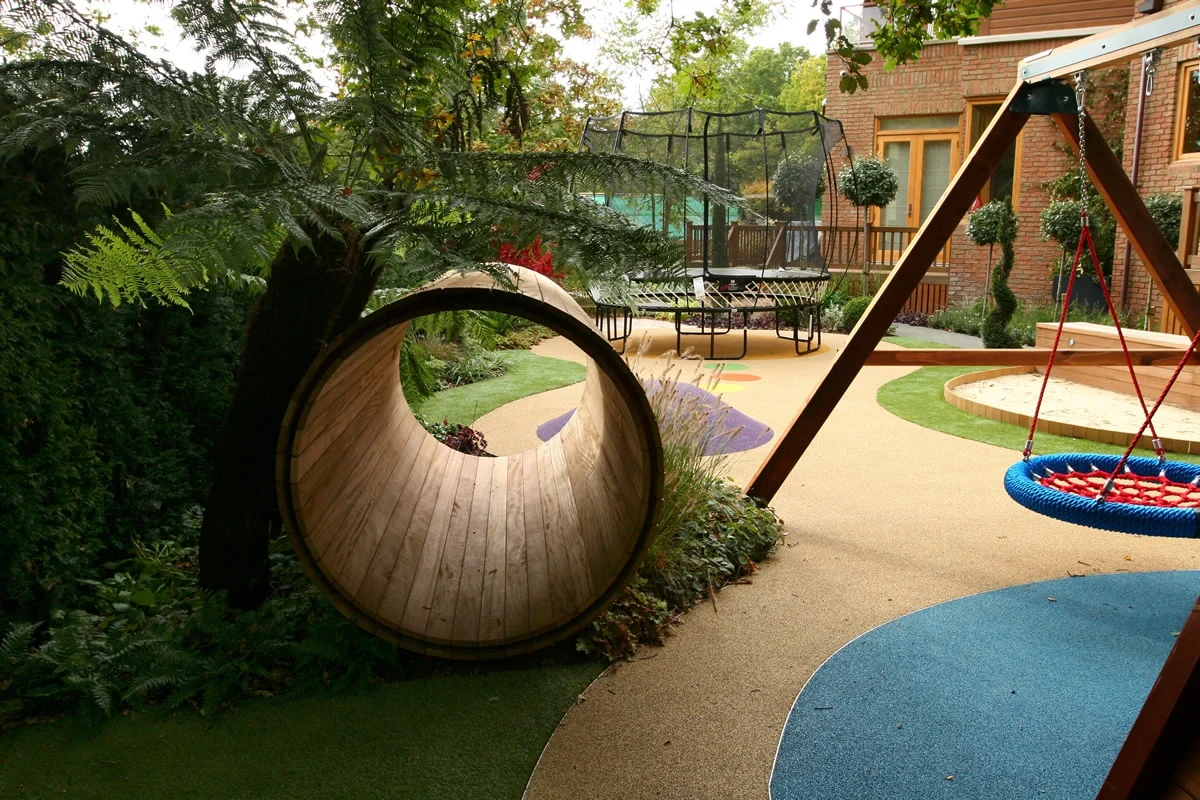

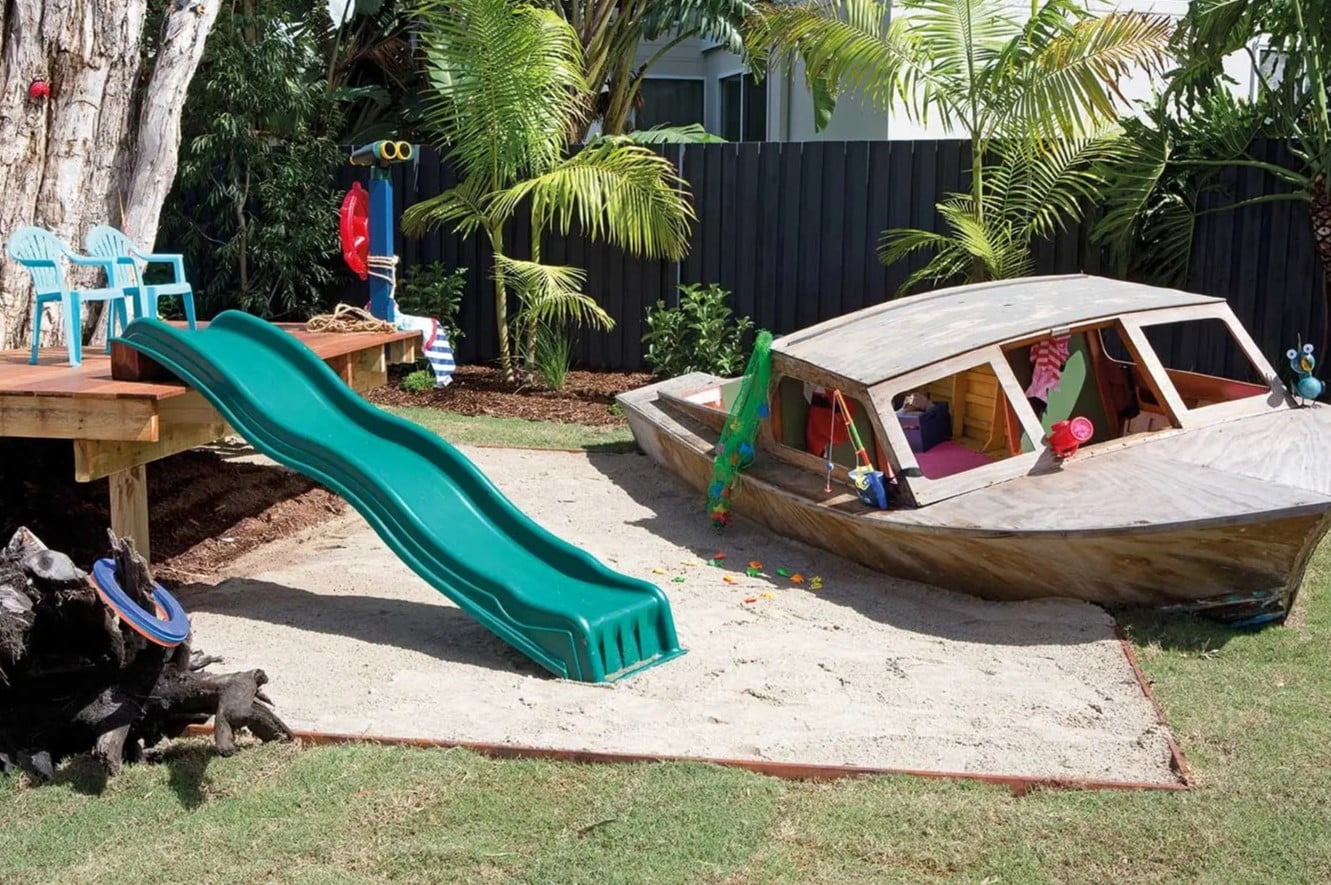
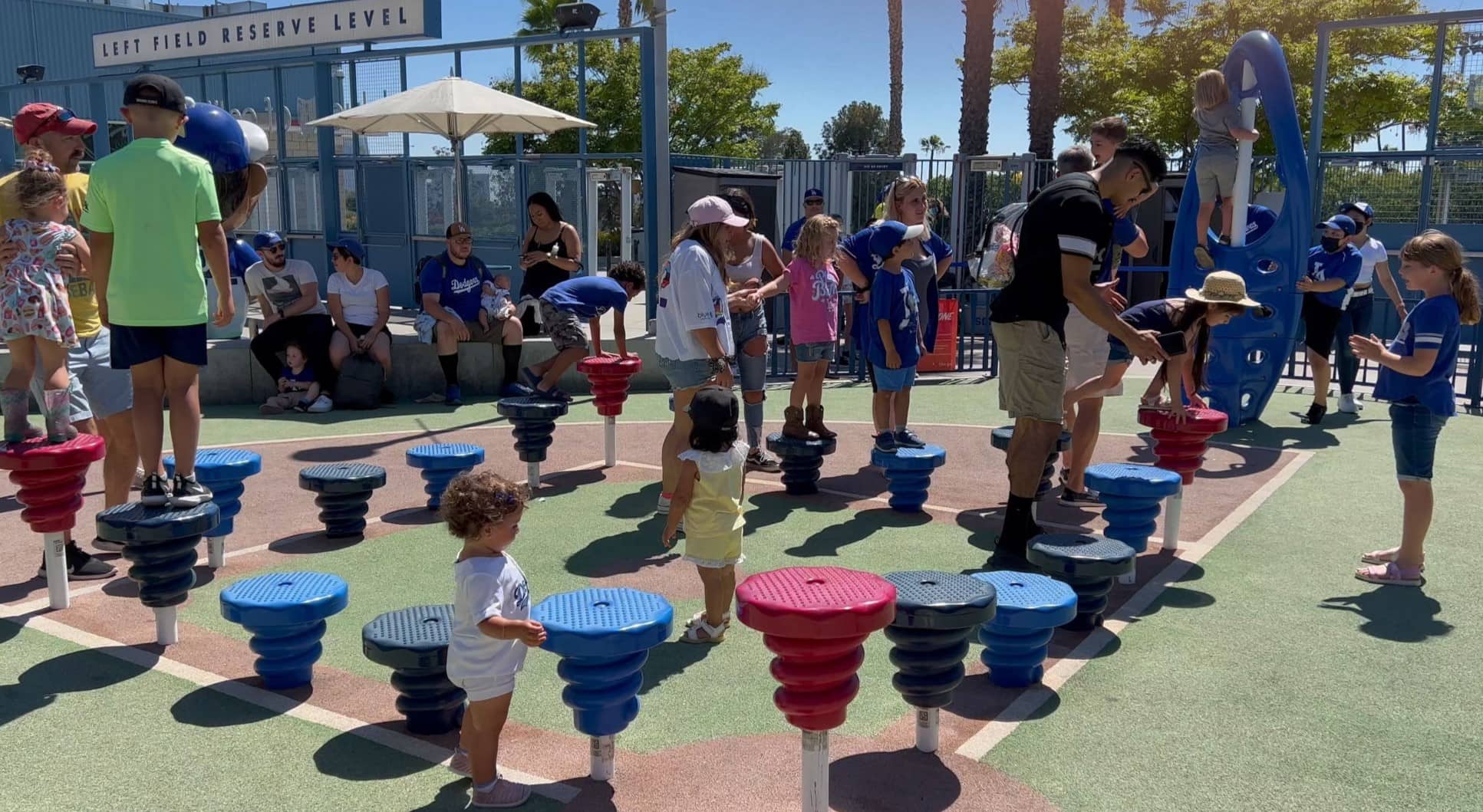
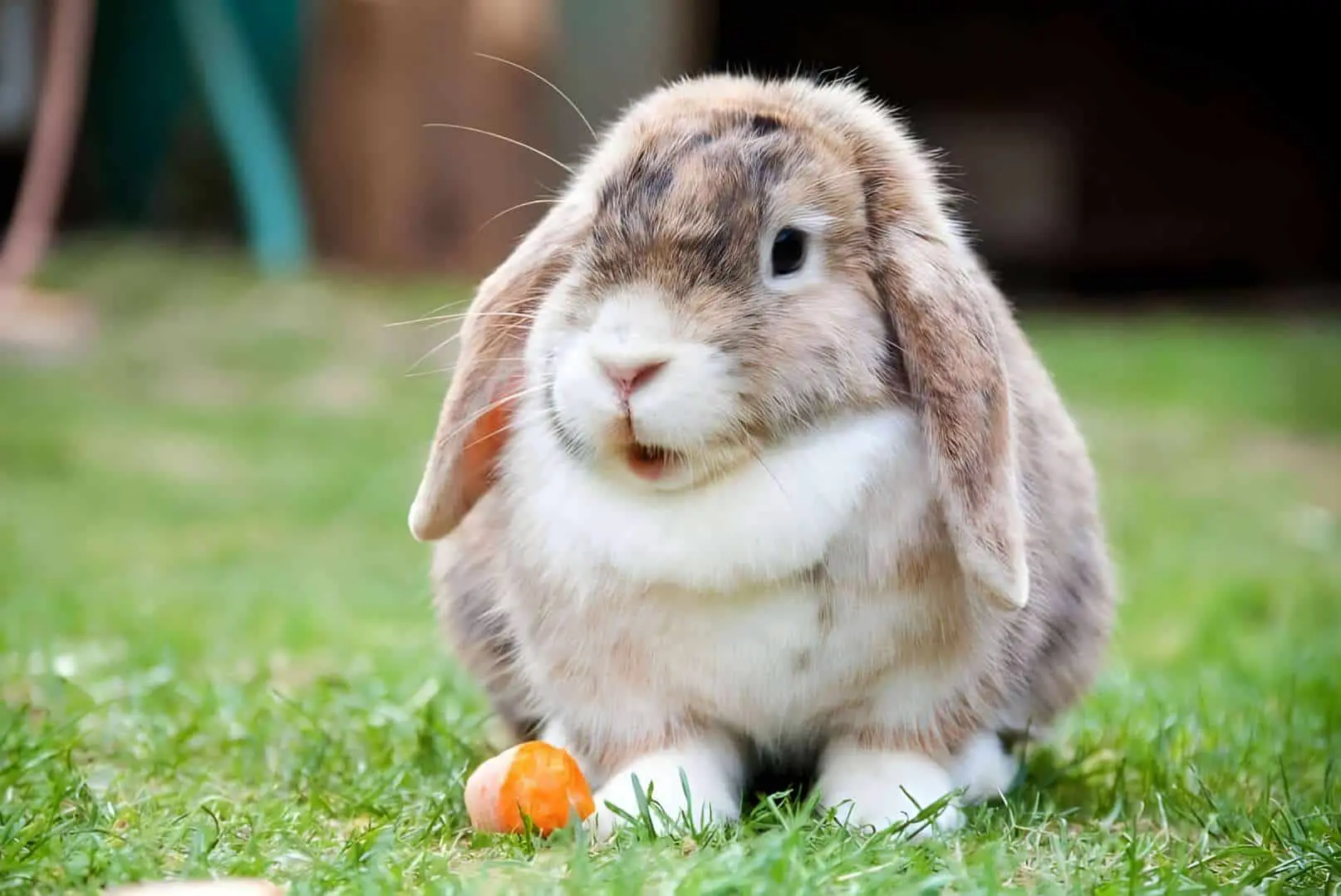

0 thoughts on “What Type Of Mulch Is Ideal For A Kids’ Play Area”